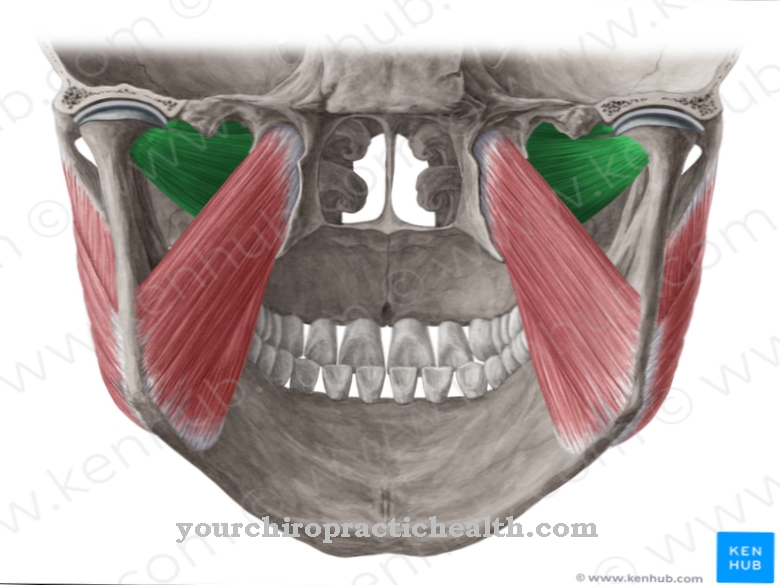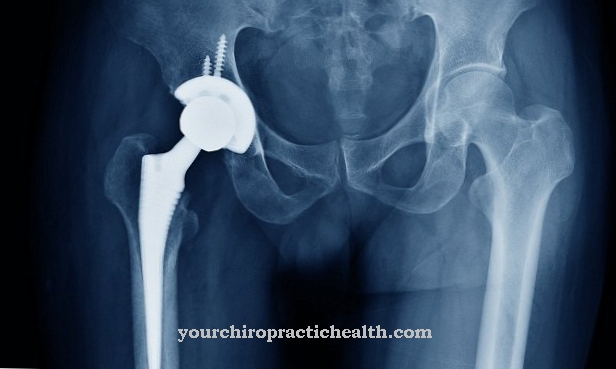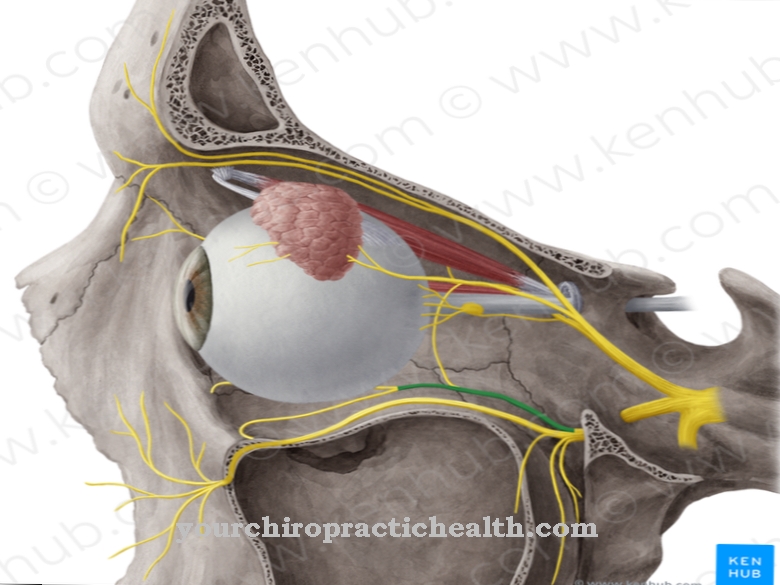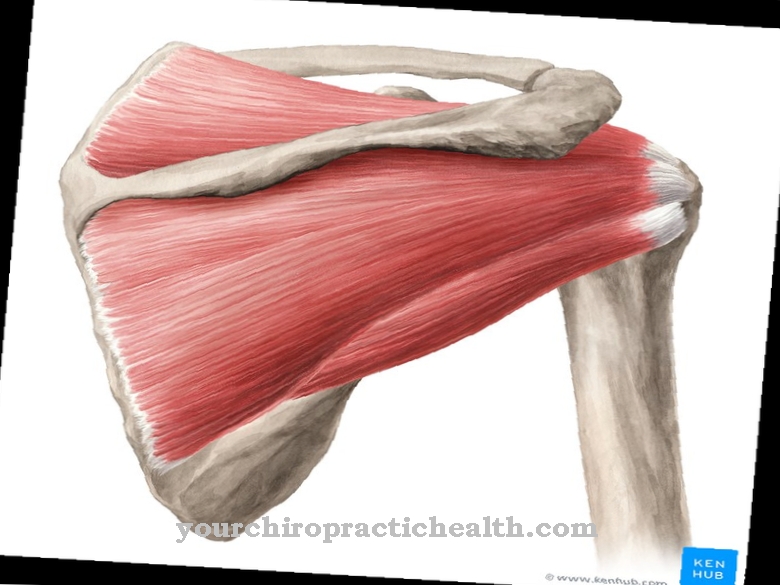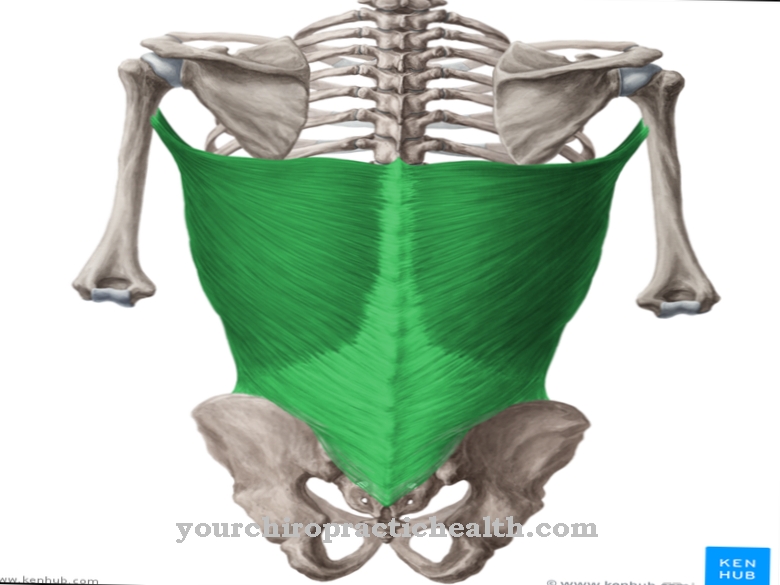Of the Shoulder girdle is probably one of the most elegant regions of the human body: By cleverly combining bones and muscles, nature has really got the maximum range of motion out of the joint. The main role is played by the muscles.
What is the shoulder girdle?

Of the Shoulder girdle refers to the part in the human body that connects the upper extremity to the trunk.
These basically include two bones, the shoulder blade (scapula) and collarbone (clavicle), three joints, the sternum-collarbone joint, the shoulder-collarbone joint, and the shoulder joint, and lots of muscles.
Anatomy & structure
The anatomy of the Shoulder girdle can be described quite flowery with words, but usually difficult to understand without a corresponding illustration. As a triangular, flat bone with a base above and a tip below, the shoulder blade is actually only very loosely integrated into the rest of the skeleton:
The only bony connection to the trunk is actually the anterior one via the narrow collarbone, which in turn is only connected to the sternum. Of course, this connection is not particularly resilient, especially when you consider that the shoulder blade on the other side is the only connection to our arms, which are not only constantly used for heavy work, but also have a considerable dead weight.
The main load is therefore borne by the muscles of the shoulder girdle, which clamp, fasten and secure the shoulder blade forwards to the chest, upwards, in the direction of the spine, in the direction of the back muscles and of course in the direction of the arm, and at the same time make it mobile. In the end, the shoulder blade, pulled by these muscles, slides along the ribs of the rear thorax without a real cartilaginous joint surface between them.
From this it is already clear that tensing the arm without tensing the shoulder girdle would make absolutely no sense: it would practically tear the shoulder blade from its suspension.
The muscles are roughly divided into anterior and posterior trunk-shoulder girdle muscles, the list of which would lead too far at this point. The best-known representative is perhaps the trapezius muscle, which connects the thoracic and cervical vertebrae with the shoulder blade and collarbone in a diamond shape on the back and is therefore responsible for pulling the shoulder blade towards the spine, for example when lifting objects.
Important vascular and nerve pathways run through the shoulder girdle region, especially below the collarbone. If they are damaged by accidents or other space claims, there is a risk of defined failures or supply bottlenecks in the shoulder or arms and hands area.
Functions & tasks
The function of the Shoulder girdle is, in summary, ensuring stability between the trunk and the upper extremity. Since this is mainly done through muscle work, the shoulder girdle is an extremely flexible part of the body.
The individual bony joints between the collarbone and shoulder blade or sternum are only slightly mobile against each other, but the interaction with the shoulder joint and muscle plate results in an incredibly large range of motion for the arm.
In healthy young people, this should be around 180 degrees of splay, 40 degrees of tightening, 170 degrees of demonstration, 40 degrees of return and about 70 degrees of rotation in both directions.
Illnesses & ailments
If the degree of movement of the shoulder is restricted and there is pain at rest or during certain movements, this can be an indication of various diseases or injuries to the shoulder.
Regarding the Shoulder girdle in the narrower sense (i.e. leaving out the shoulder joint), fractures of the collarbone are particularly important. It is the most common human fracture. It usually happens when you fall onto the outstretched arm, as the greatest tension occurs on the collarbone (and the spoke of the forearm). The clavicle usually breaks in the middle third, the fragments are then usually kinked, by pulling the strong neck muscle with the long name (Musculus sternocleidomastoideus).
This means that the clavicle fracture is often clearly visible from the outside. A rucksack bandage is the conservative treatment method. Stabilization with a plate is sometimes indicated and, in principle, not a major intervention, since the bone is easily accessible.

